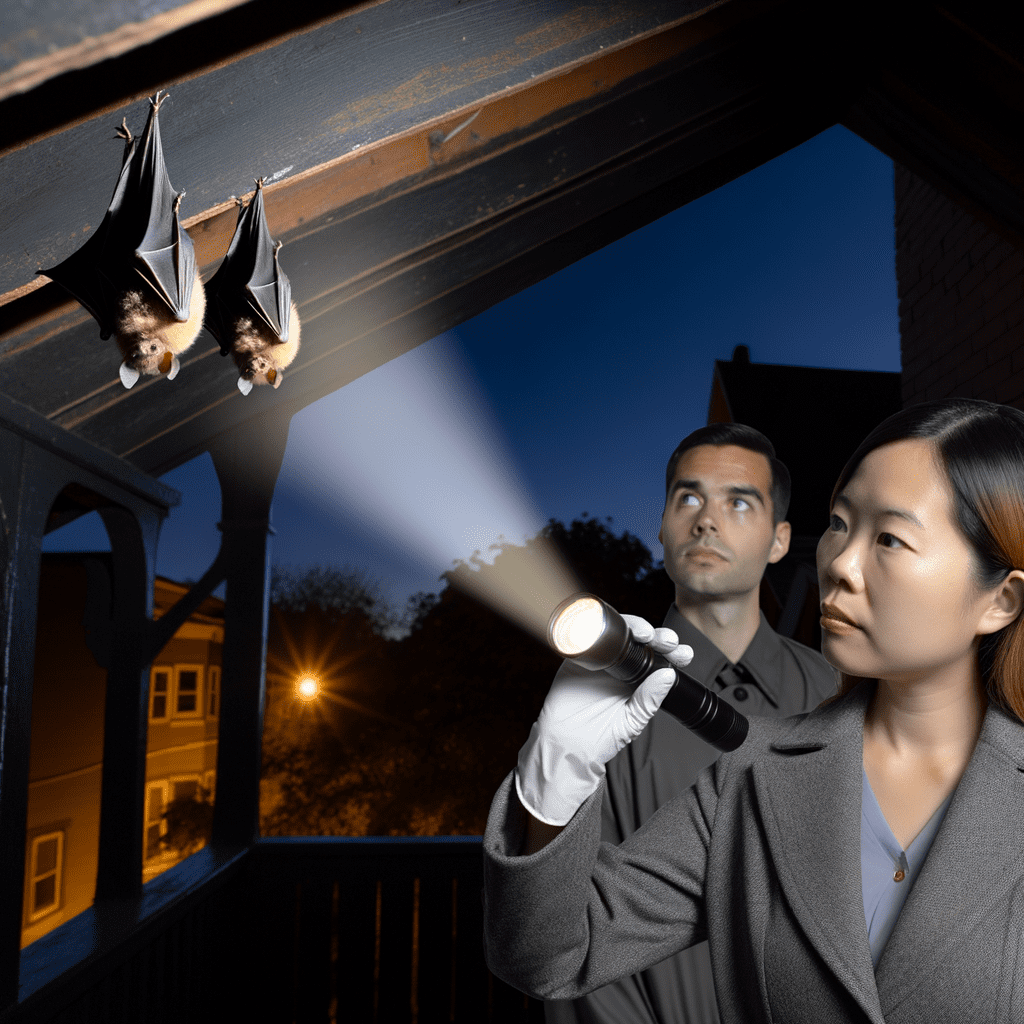“Unseen Residents: Discovering and Dealing with Bats in Your UK Property”
When scouring the property markets of the UK for an ideal home or investment opportunity, many potential problems might come to mind. Structural issues, location risks, or unexpected costs generally top the list, but there is another scenario—one quite unexpected—that could have major implications. Imagine you’ve purchased your dream home, started renovations, and suddenly discovered…bats.
On Bat Discoveries in Property
In the UK, bats are more common than most people realize. There are 18 species of bats native to this country, and all of them are protected by legislation due to being endangered or vulnerable. In fact, deliberate or accidental harm to bats or their habitats carries hefty penalties, even imprisonment.
Some homebuyers, particularly those looking at older or rural properties, might glimpse a bat flitting around the eaves or tucked into the rafters. Others, however, might live in a property for years without ever realising their quiet neighbours.
Why Should You Care About Bats?
The presence of bats in your property might seem alarming or even upsetting. Still, it’s crucial to keep in mind—bats are a crucial part of our ecosystem. They control insect populations and even aid in pollination. Every bat in the UK is insectivorous, making them excellent natural pest control for your garden.
But let’s switch focus to the more practical considerations for property owners. When carrying out work on a house, bats and their roosts are protected by law. The implications of finding bats on your property can include restrictions on construction and renovation work, additional surveys and sometimes even a need for rehousing the bats—all with associated costs and time implications. Having a bat-inclusive perspective when buying is not just about the environment but also about property pragmatism.
Spotting the Signs of Bats
While bats typically stay out of sight, they can leave tell-tale signs for the observant property buyer. Bats in the loft or similar spaces can leave small piles of droppings or stains around the entry and exit points of their roosts. The droppings, about the size of a grain of rice, crumble into a fine dust when touched, unlike similar-sized droppings from birds.
Another sign—though less common—is spots of urine, or ‘pee spots’, in attics or on walls near entry points. Bats may also leave behind small scratches or marks on timber beams.
What to Do If You Have Bats
Firstly, don’t panic. Bats are generally harmless and prefer to keep their distance from humans. If you’ve found bats in a property you own or are considering buying, the first and most critical step is to call in professionals. Bat conservation trusts and professional surveyors, like us at Flettons Surveyors, are trained to deal with bat-related issues in properties and can provide guidance regarding how to proceed.
Removal and/or rehousing of bat colonies fall under the protection of the law, and you should never attempt it on your own. Professionals can conduct a bat survey, assess how the bats might impact any planned work on the house, and guide you through the next steps—whether those involve delaying work until the bats have moved on naturally or creating alternative roosting sites under the guidance of an ecologist.
The Role of Property Surveys
A property survey should always be undertaken when considering a home purchase, as it can reveal significant issues, such as subsidence or bats. At Flettons Surveyors, our professional team is well-versed in conducting thorough building surveys for all types of properties. These surveys not only assess the structural integrity of a building but also help uncover any hidden wildlife residents, including bats.
At Flettons, we’re committed to safeguarding your investment. When considering a property purchase, trust our seasoned expertise to reveal any hidden threats. For a thorough building survey, get your instant quote through our quote calculator or reach out directly at 0203 691 0451. Your home’s safety is our top priority. ————————————————

